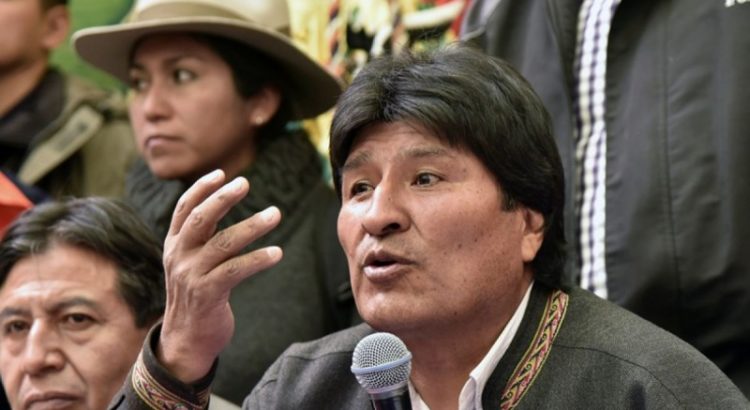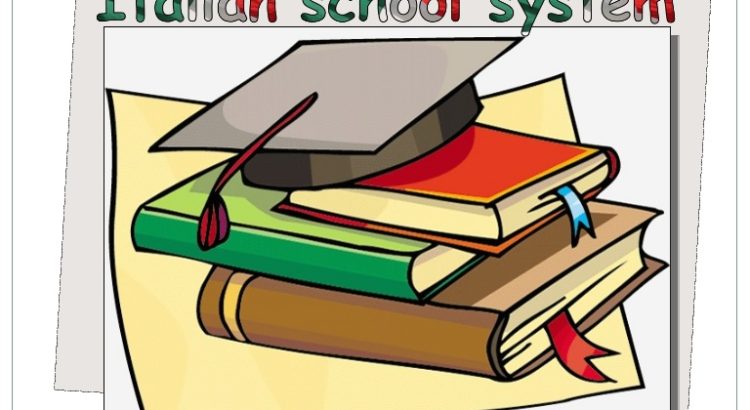Oceanía/Australia/ Mayo del 2017/Noticias/https://theconversation.com/
For the first time, students may have to pay up to A$3271 for “enabling” courses, designed to prepare students for university study.
The change was announced as part of the government’s recent higher education reform package.
Until now, university enabling programs have been subsidised by the government – and are therefore free for students. The new plan to shift the cost onto students will likely deter some students and affect who is able to access higher education.
What do enabling programs do?
Not everyone is in a position to start an undergraduate degree directly. Some people need more academic preparation or confidence, including those who may have been out of the education system for several years. Many of these people currently enrol in “enabling” courses.
These preparatory courses typically run for six to 12 months and focus on developing the discipline, knowledge and academic skills required for higher level learning.
The courses are run by universities and give students a sense of campus life and expectations before they commit to a full undergraduate degree with tuition fees.
Enabling courses are a low-cost government investment of $30 million per year, offering people from low socioeconomic and other disadvantaged backgrounds a viable opportunity to qualify and prepare for university.
Courses are not specifically targeted at equity groups, but around 50% of students enrolled in enabling courses are from equity groups, including Indigenous students.
A recent review of enabling programs shows that students from low SES backgrounds have more than twice the rate of representation in enabling courses than they do at undergraduate level.
As the national review reports,
enabling programs transition more equity-group students than the associate degree, advanced diploma, diploma and OUA pathways combined.
Students who transition via an enabling program are,
more likely to be studying full-time in their subsequent undergraduate degree, compared to those transitioning via a VET program (85.4% compared to 76.3%).
Once they are at university, students from low SES backgrounds can receive further support through a different government financial initiative – the Higher Education Participation and Partnerships Program (HEPPP). This is welcome and signals a government commitment to equity. However, more is needed to support access and academic preparation.
How will funding arrangements change?
Since 2004, some preparatory enabling programs have been supported through a combination of Commonwealth funded places and a small additional loading.
The arrangement means that students do not pay fees (or incur debt) as long as no other fees are charged by universities themselves. But the proposed changes to enabling funding would change all that.
Under the new proposals, students will pay fees and funding will be insecure, with universities having to bid for their places every three years.
Universities may also need to compete for funding against private providers, some of whom offer similar courses.
Many private providers have no previous experience in teaching students who have faced prior educational challenges. And unlike universities, they have no specific equity mission or community obligations.
Why will students now have to pay?
Because enabling programs are free, they attract different student cohorts from diplomas and other (fee paying) sub-degree programs.
Indigenous, mature age, low SES, and students from refugee backgrounds are more likely to enrol in an enabling program than any other sub-degree program .
Apart from improving university access for thousands of under-represented students, enabling programs also deliver effective outcomes.
Research shows that enabling students who transition to undergraduate degrees outperform other equity group students in those degrees, despite a higher average level of disadvantage.
So why cut an inexpensive program that opens doors for under-represented students and effectively prepares them for university success?
Two reasons are provided. The first reason for abolishing fee-free enabling places is to improve completion rates.
The budget package reports that fee-free Commonwealth funded university programs have completion rates of 52%, while fee-paying university programs, which do not draw on this Commonwealth funding (programs can only charge fees or claim the funding), have completion rates of 61%.
However, this gap is largely because fee-paying programs are typically much smaller and less flexible and accessible. The government data cited does not compare like with like.
The second reason provided for removing fee-free programs is to ensure a better return to students and taxpayers. Again, this is a questionable claim.
The proposed cuts will mean that many students from disadvantaged and low-SES backgrounds, who are often unsure of whether university study is for them, will likely not enrol in an enabling program.
Fees are often prohibitive for people who have the potential to succeed in higher education, but who suffer social and economic disadvantage. While the budget proposes a broader expansion of sub-degree places, diversity and full community engagement will suffer if fee-free places are abolished.
Equity, quality and performance-based funding
The government is also proposing performance-based funding measures that may penalise institutions with relatively low retention and completion rates.
That move is understandable but considered problematic and could threaten student equity if not managed carefully.
Performance-based funding is partly designed to deter universities from enrolling students at risk of non-completion.
However, fee-free enabling programs already provide an excellent way to mitigate this risk, by enabling access and improving the preparation of students. These benefits are delivered relatively cheaply under the current enabling loading allocations to universities.
To support equity, quality and long-term budget repair, fee-free enabling places could be expanded rather than abolished.
Fuente:
https://theconversation.com/programs-that-prepare-students-for-university-study-may-no-longer-be-free-77851
Fuente imagen:
https://lh3.googleusercontent.com/2kO4r8Yyun6FYUK9mjgjI6Q6X_GXaZmS-gLtBLn7GwSHnbIkgr-rKFAbe5tV54c8JGXi=s85














 Users Today : 66
Users Today : 66 Total Users : 35404831
Total Users : 35404831 Views Today : 89
Views Today : 89 Total views : 3334497
Total views : 3334497